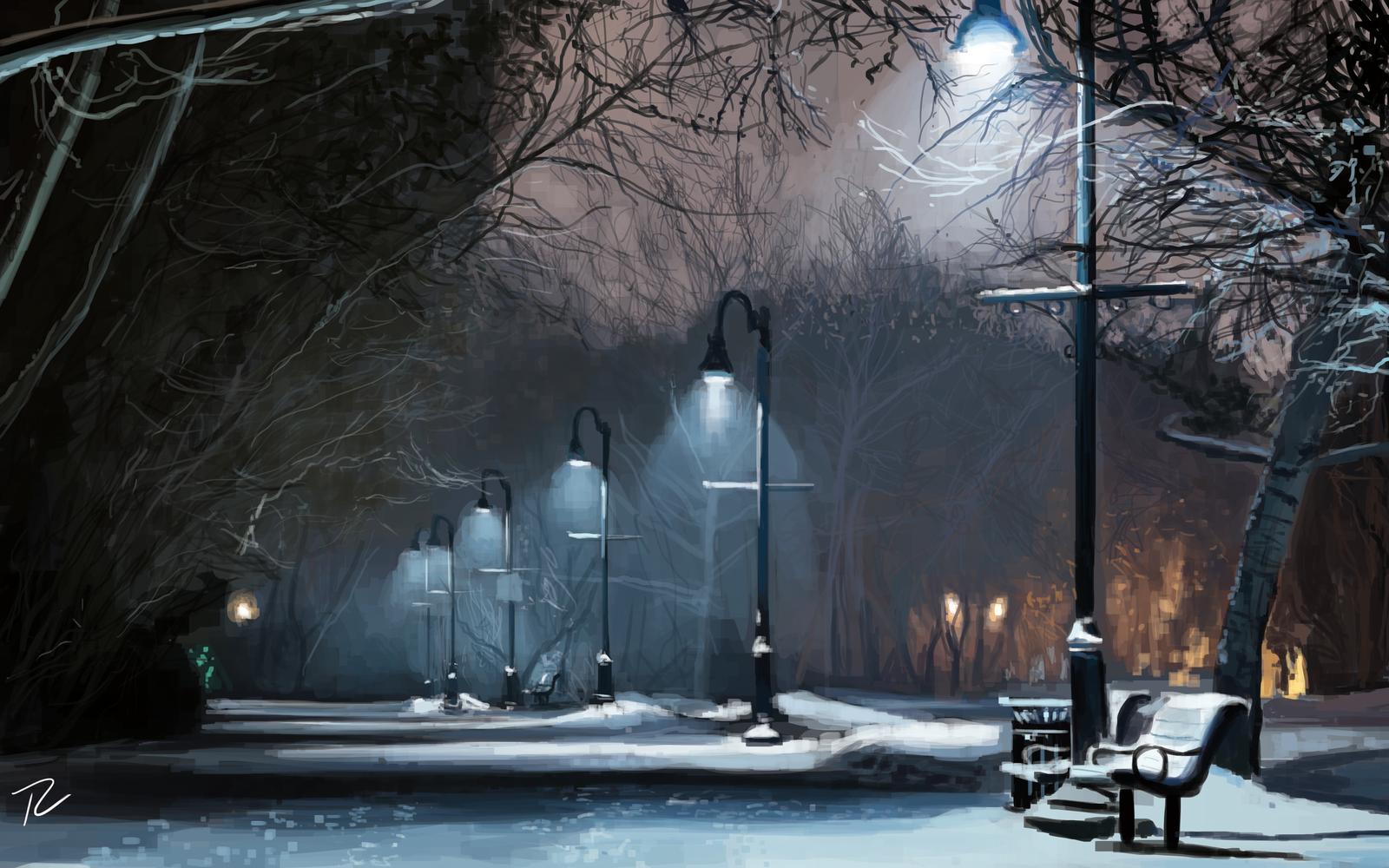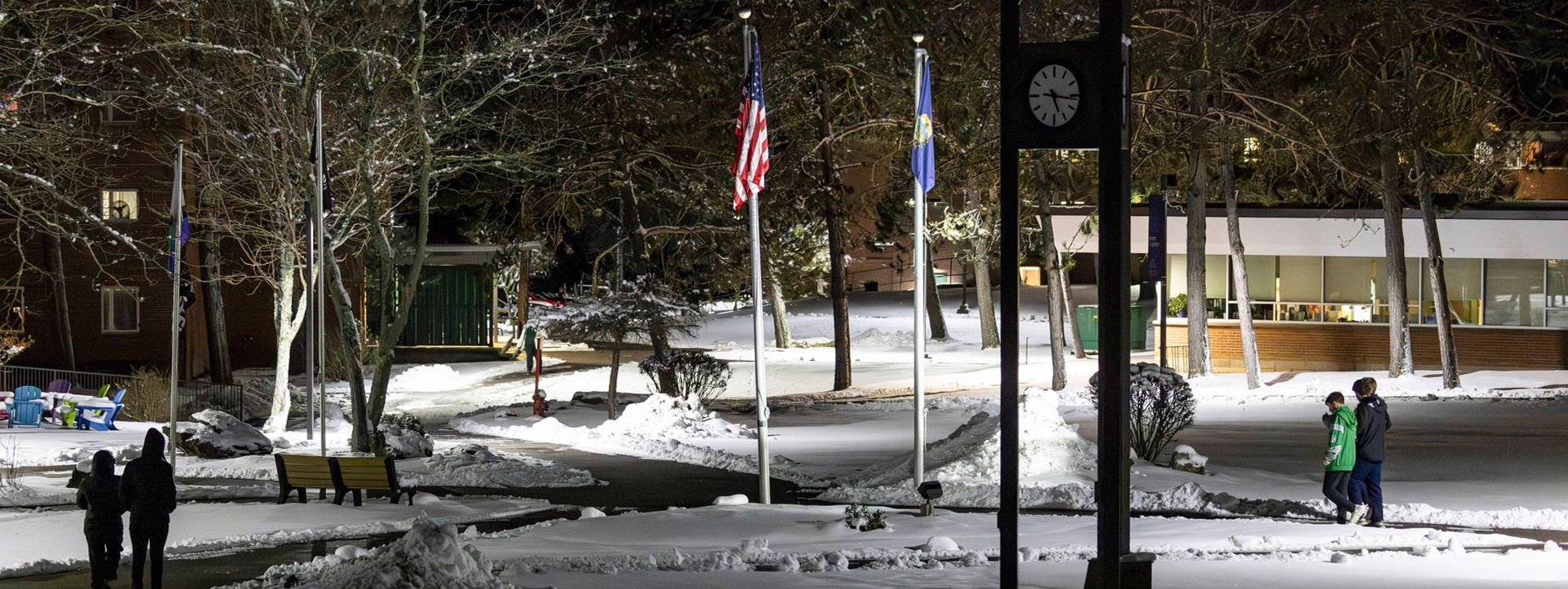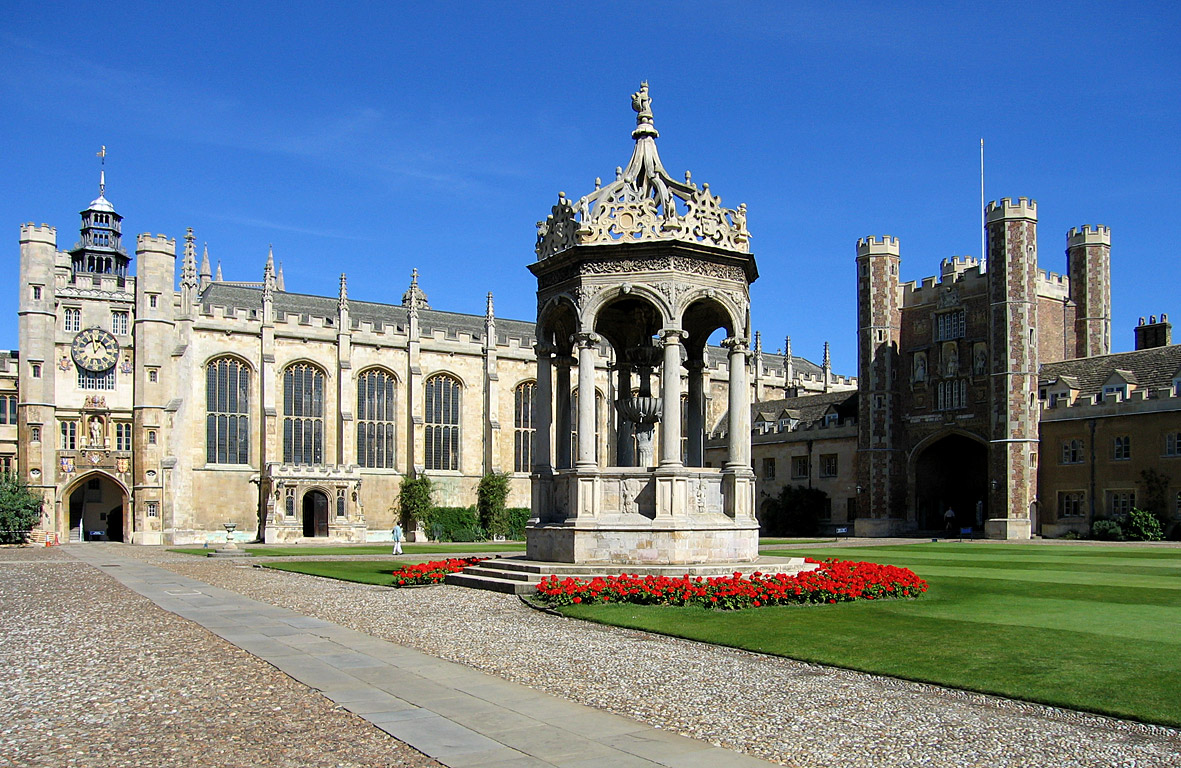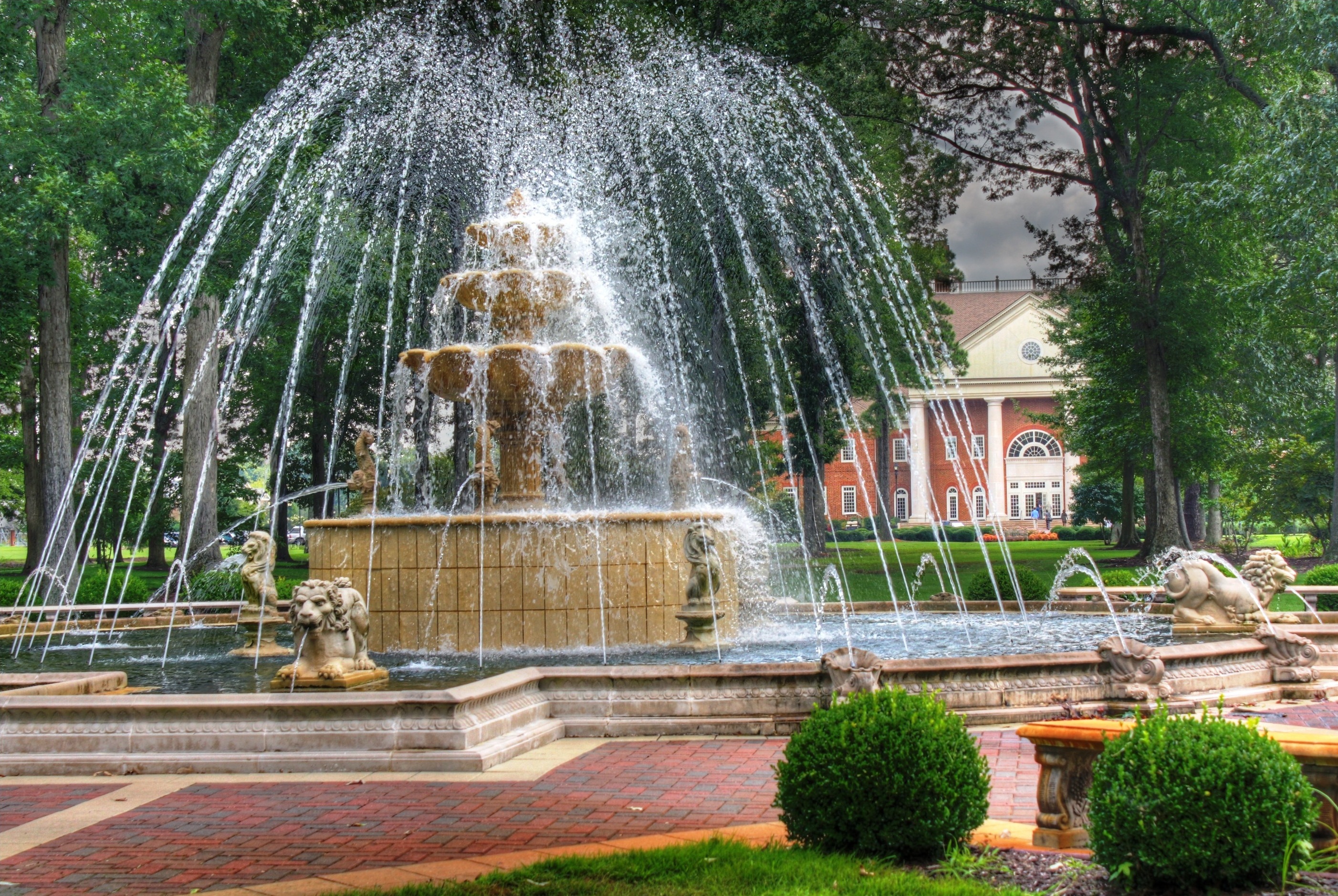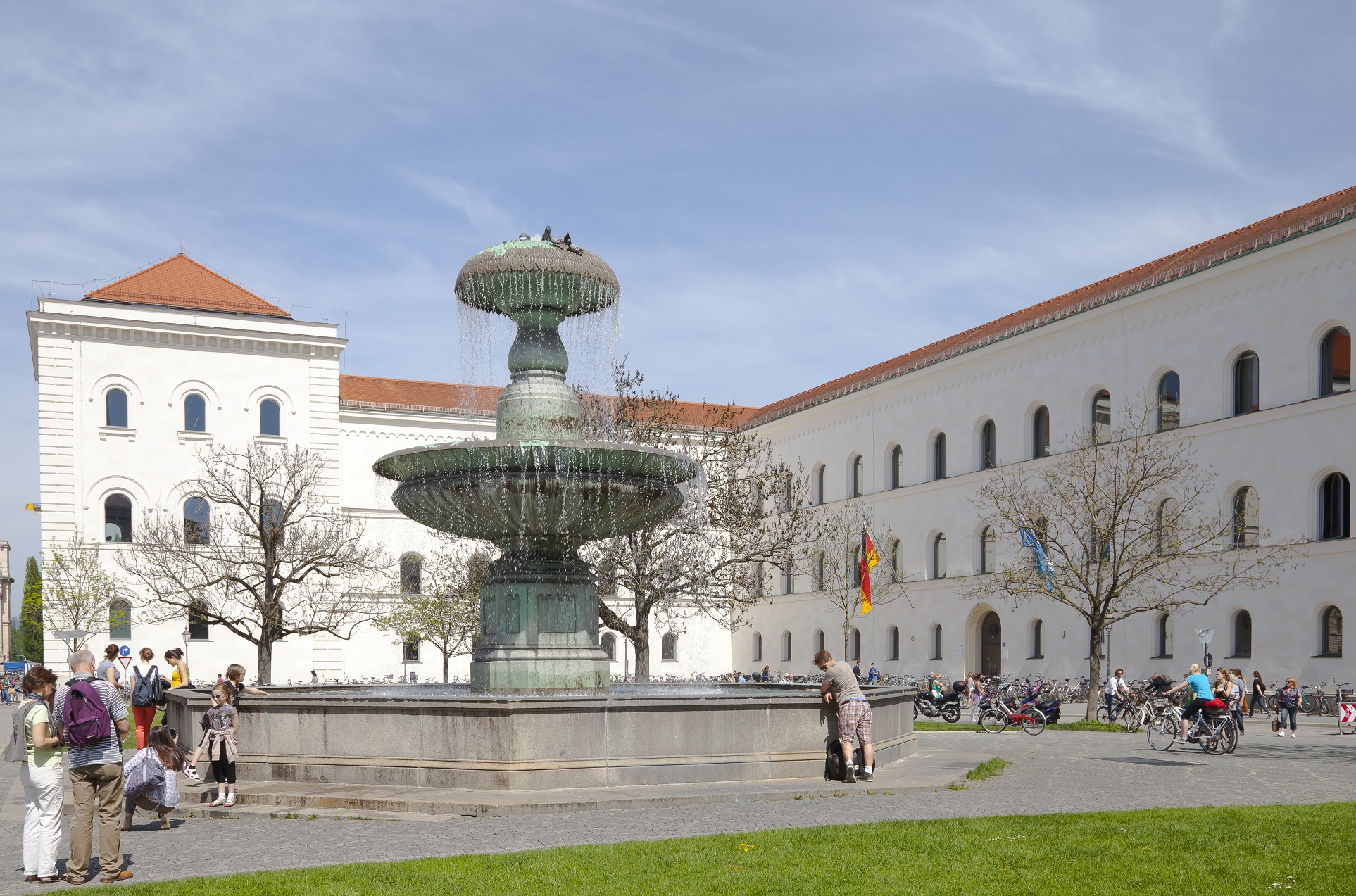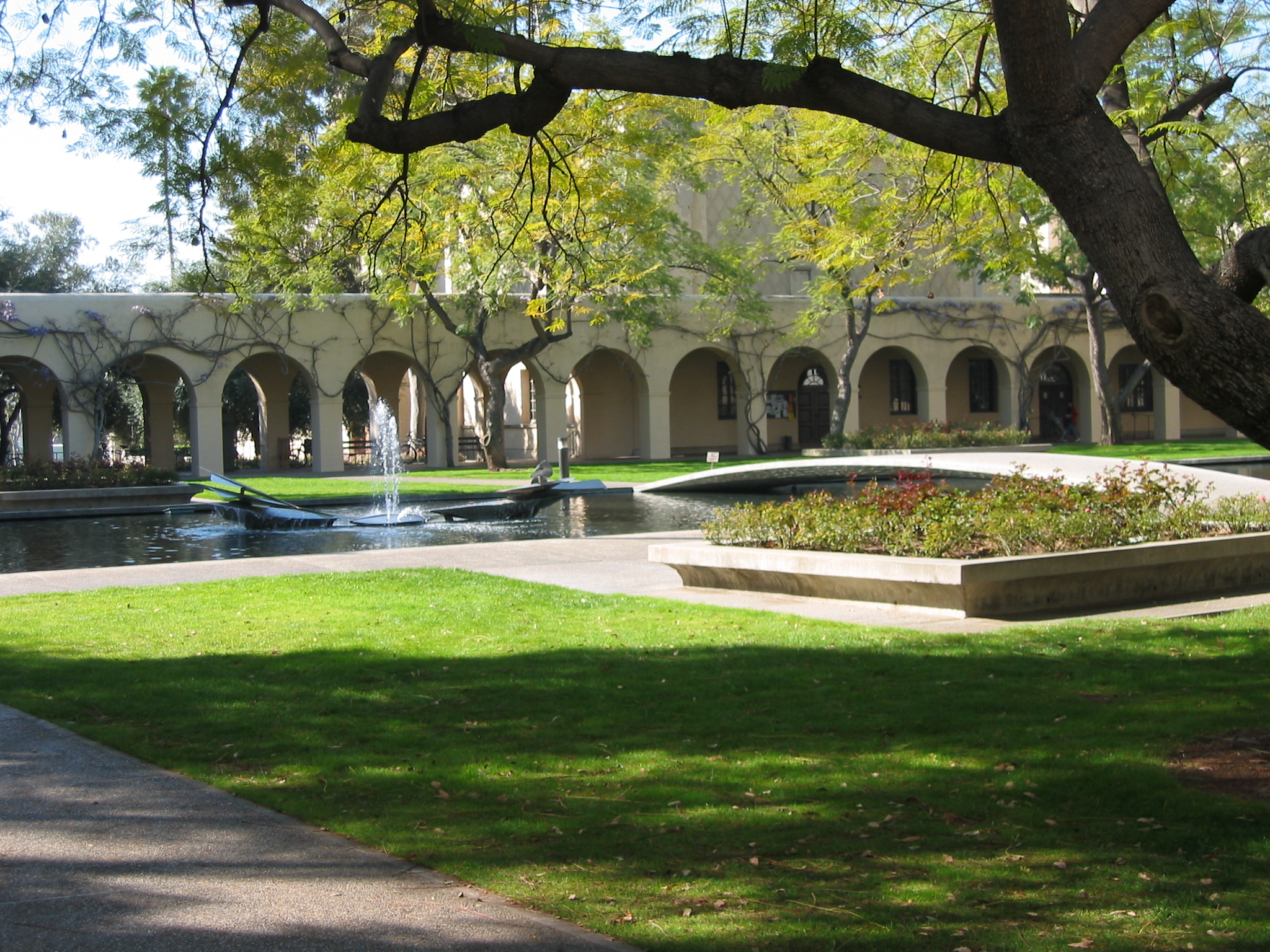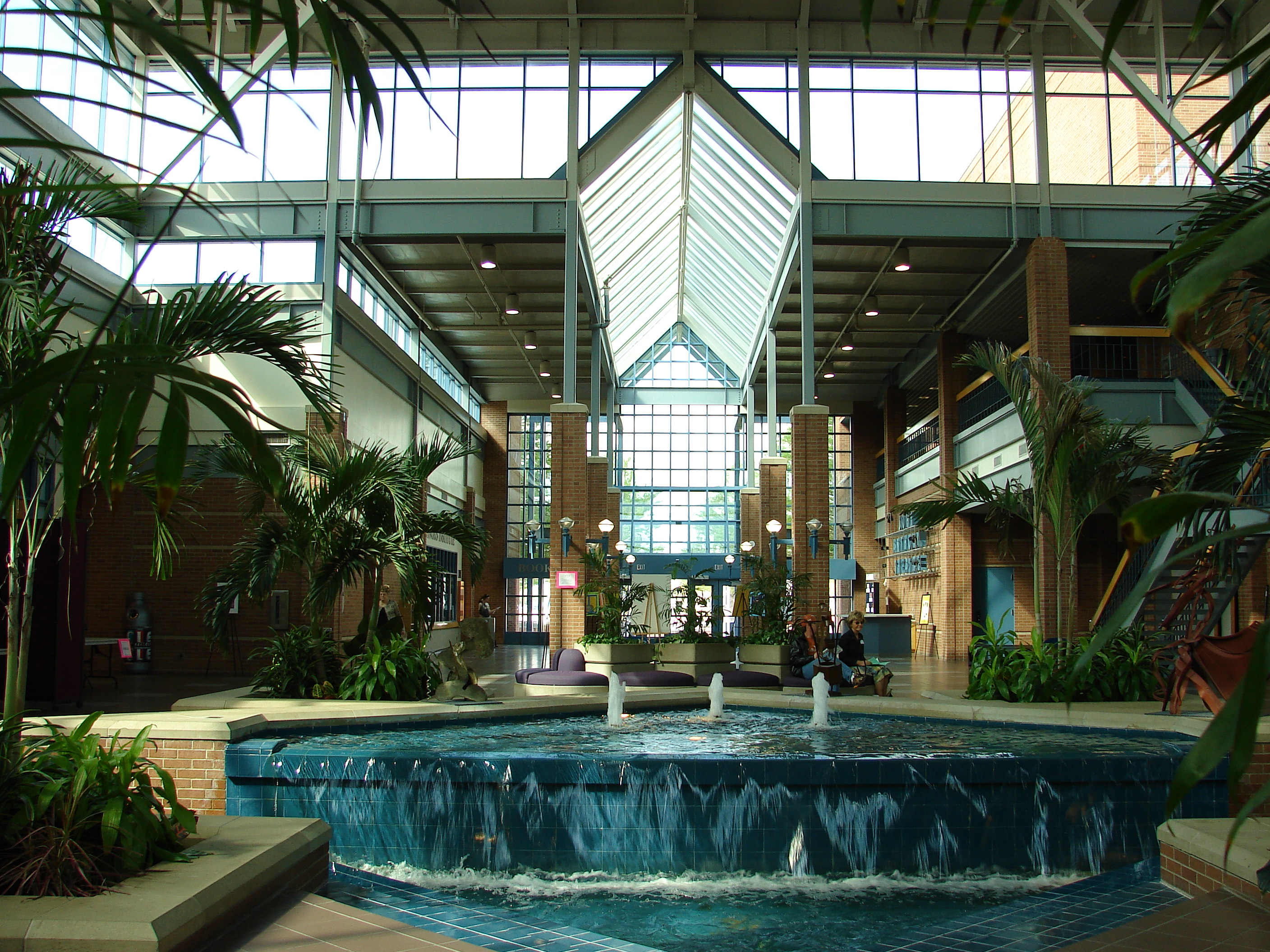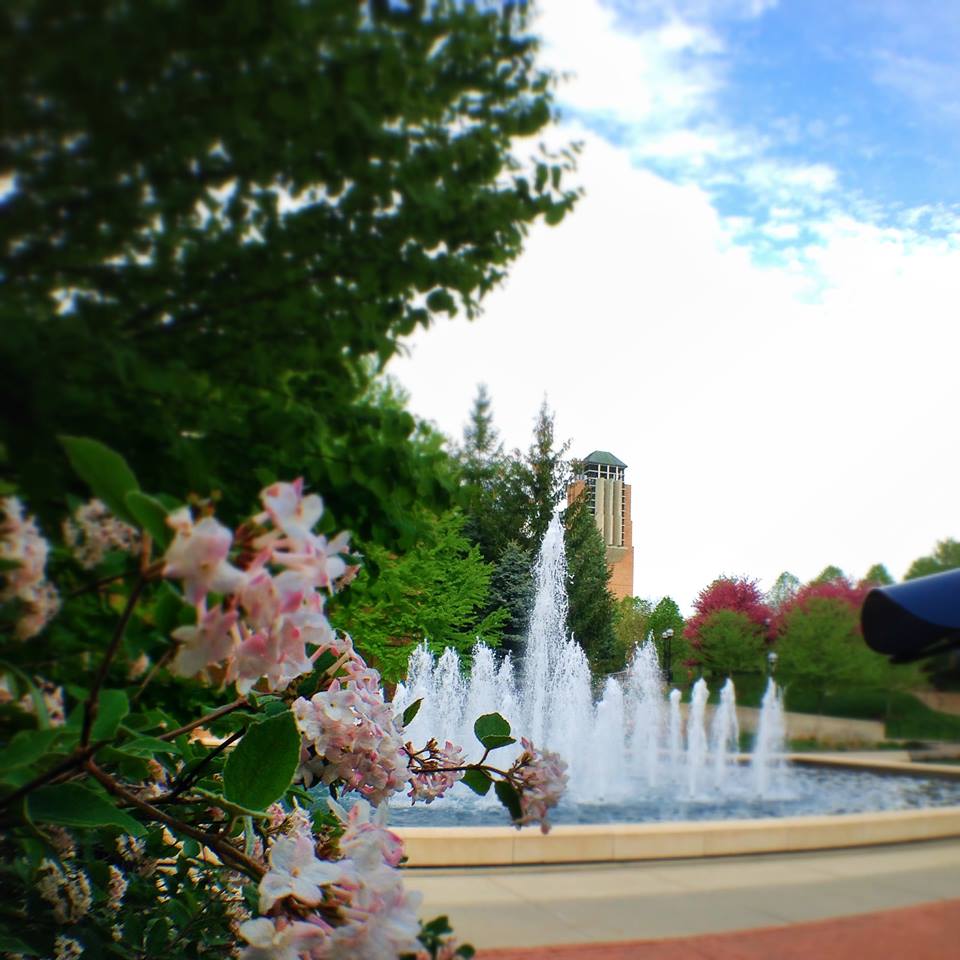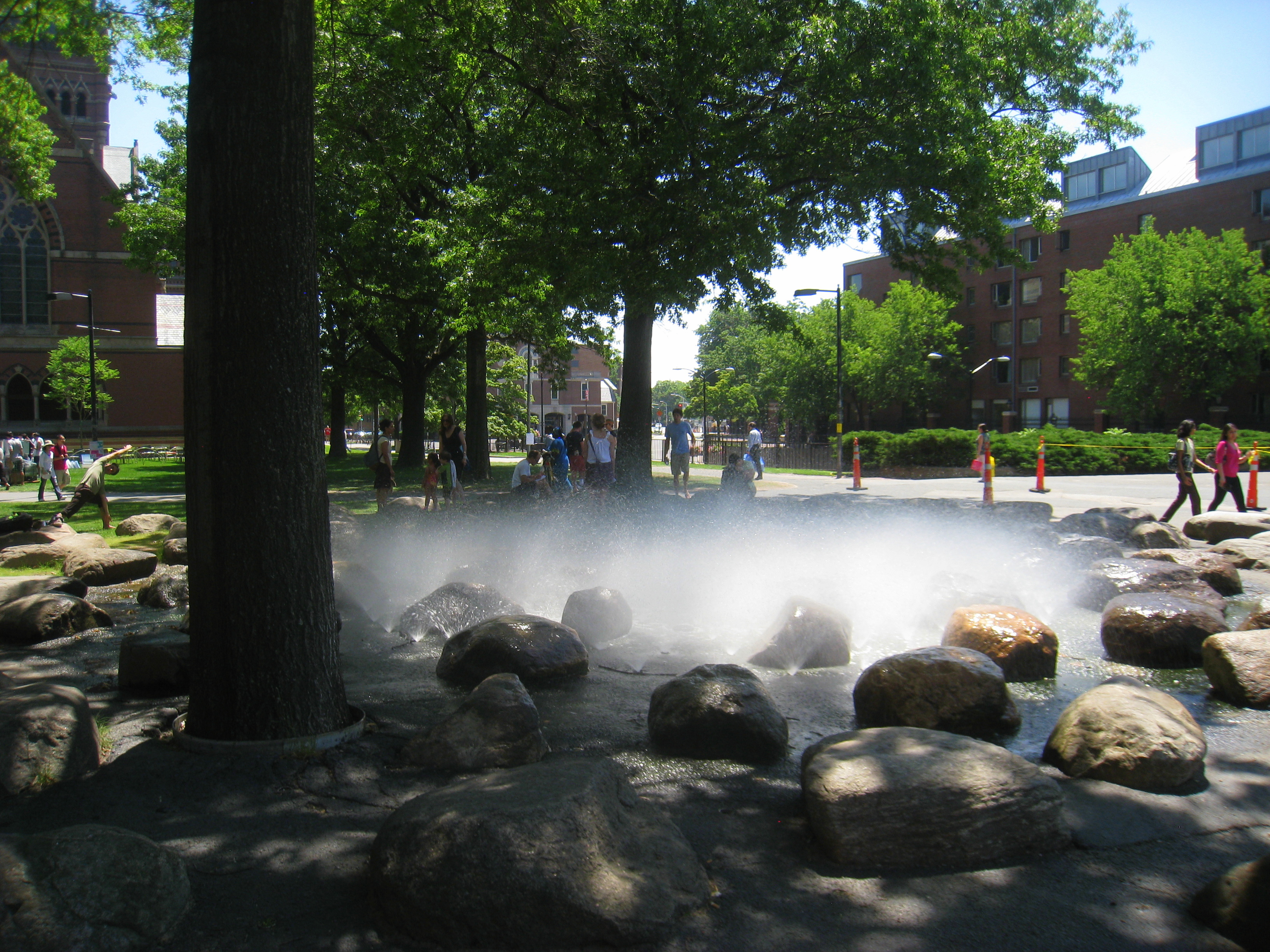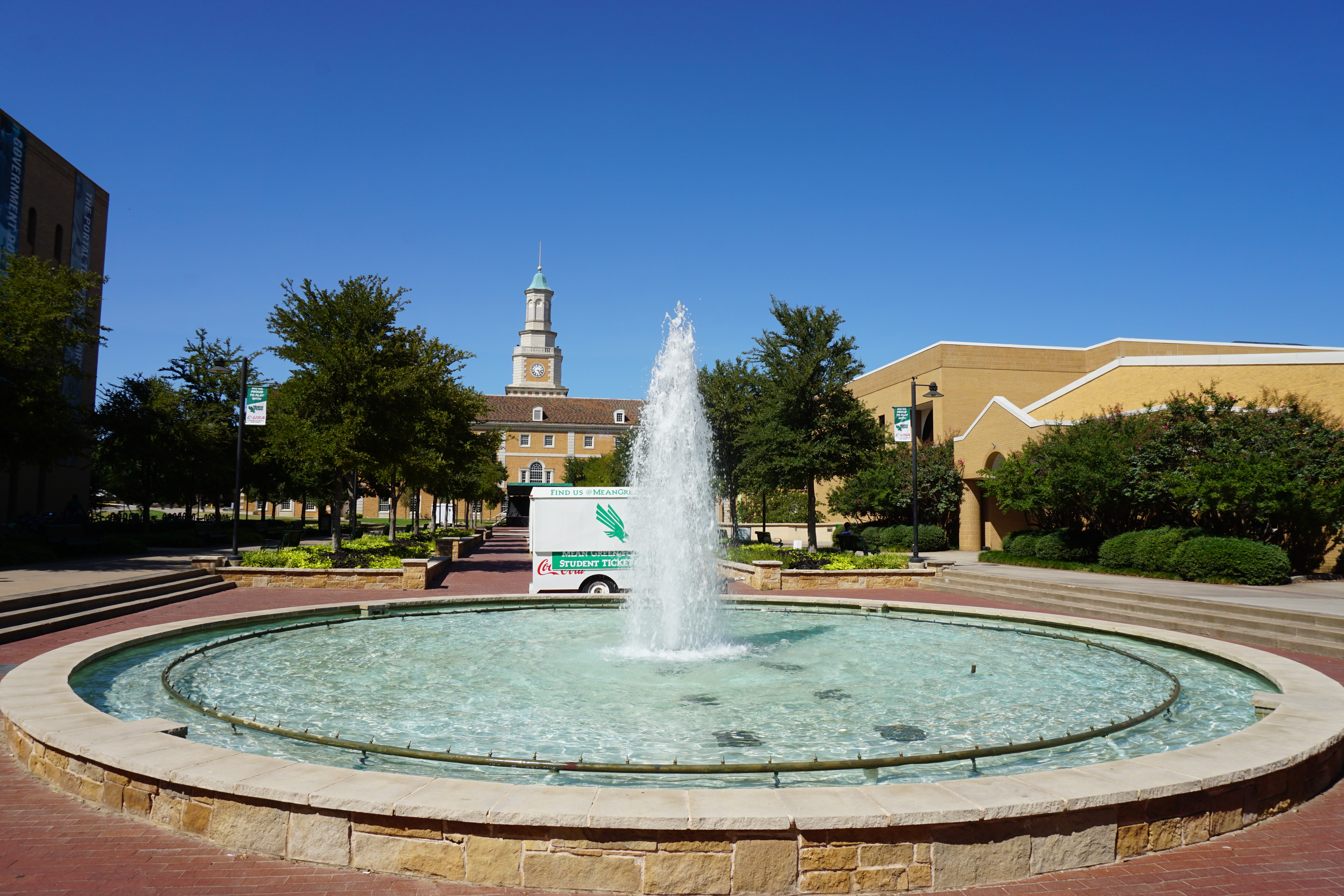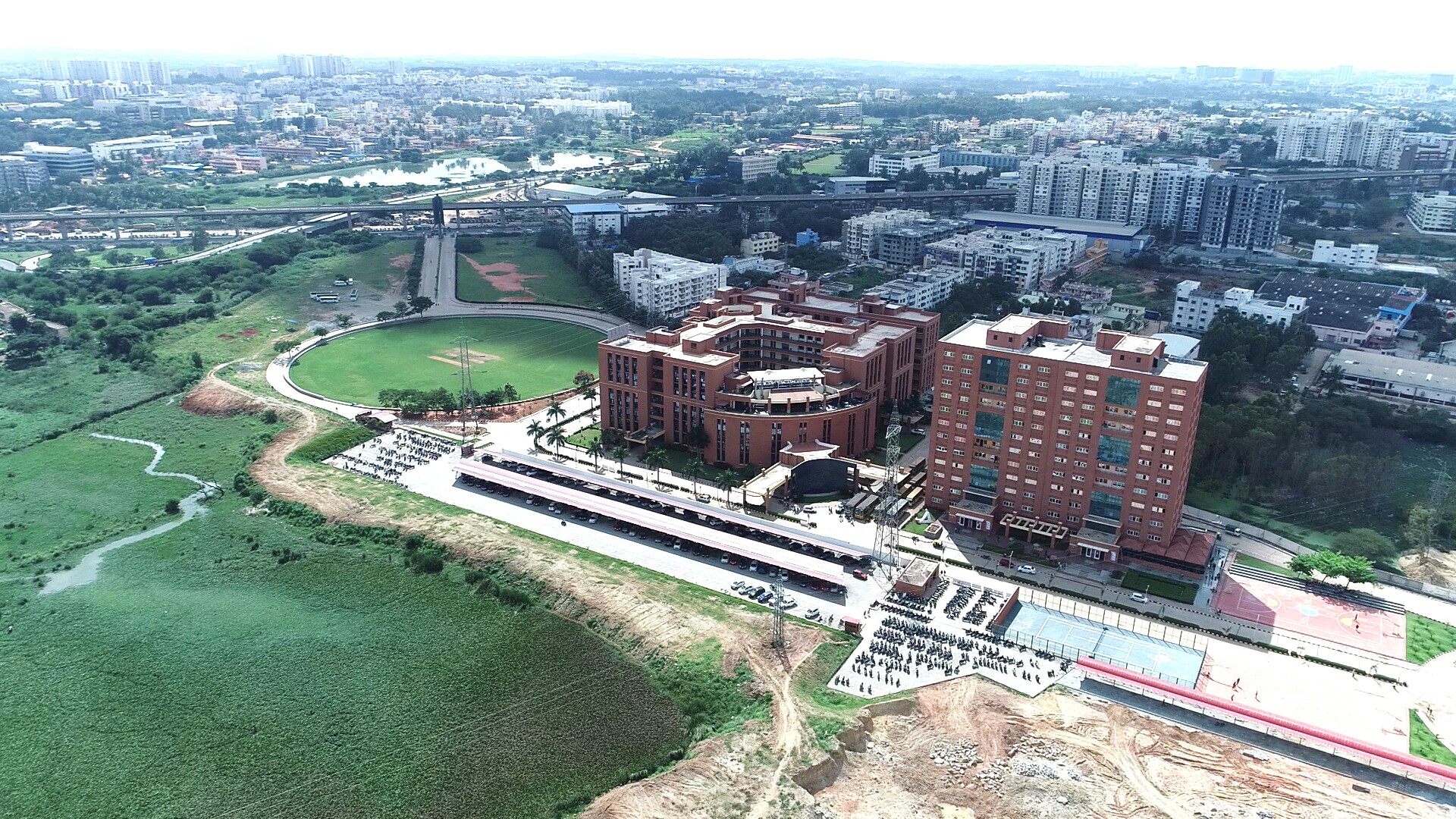Pedestrian bollards protect walkways from vehicle intrusion, guide foot traffic, snow plows and can provide heating and illumination. They should be positioned in front of energy utility services (such as natural gas and electrical power switchgear). at sidewalk entrances, crosswalks, and near pedestrian-heavy zones. Join us today at 16:00 UTC when we examine best practice literature and a few construction details as time allows.
International & General Standards
ASTM F3016 – Standard Test Method for Surrogate Testing of Vehicle Impact Protective Devices at Low Speeds.
ASTM F2656 – Standard Test Method for Crash Testing of Vehicle Security Barriers.
ASTM A53 / A500 – Standards for steel pipe and tubing used in bollard construction.
ISO 22343 – Vehicle security barrier standards.
U.S. Codes & Regulations
ADA Standards for Accessible Design – Ensures bollards do not create accessibility barriers.
IBC (International Building Code) – Covers structural requirements for bollards in buildings.
Vehicular Impact Protection – IBC Section 1607.8.3
Accessibility Considerations – IBC Chapter 11 & ANSI A117.1
NFPA 101 (Life Safety Code) – Addresses fire lane access and emergency egress.
DOT (Department of Transportation) Guidelines – Covers bollard placement in public roadways.
Local municipalities may have additional regulations governing bollard installation and safety compliance.
Related:
Illuminated Bollard Riser similar to Pedestrian Light Pole Base
Campus bollard lighting solution


